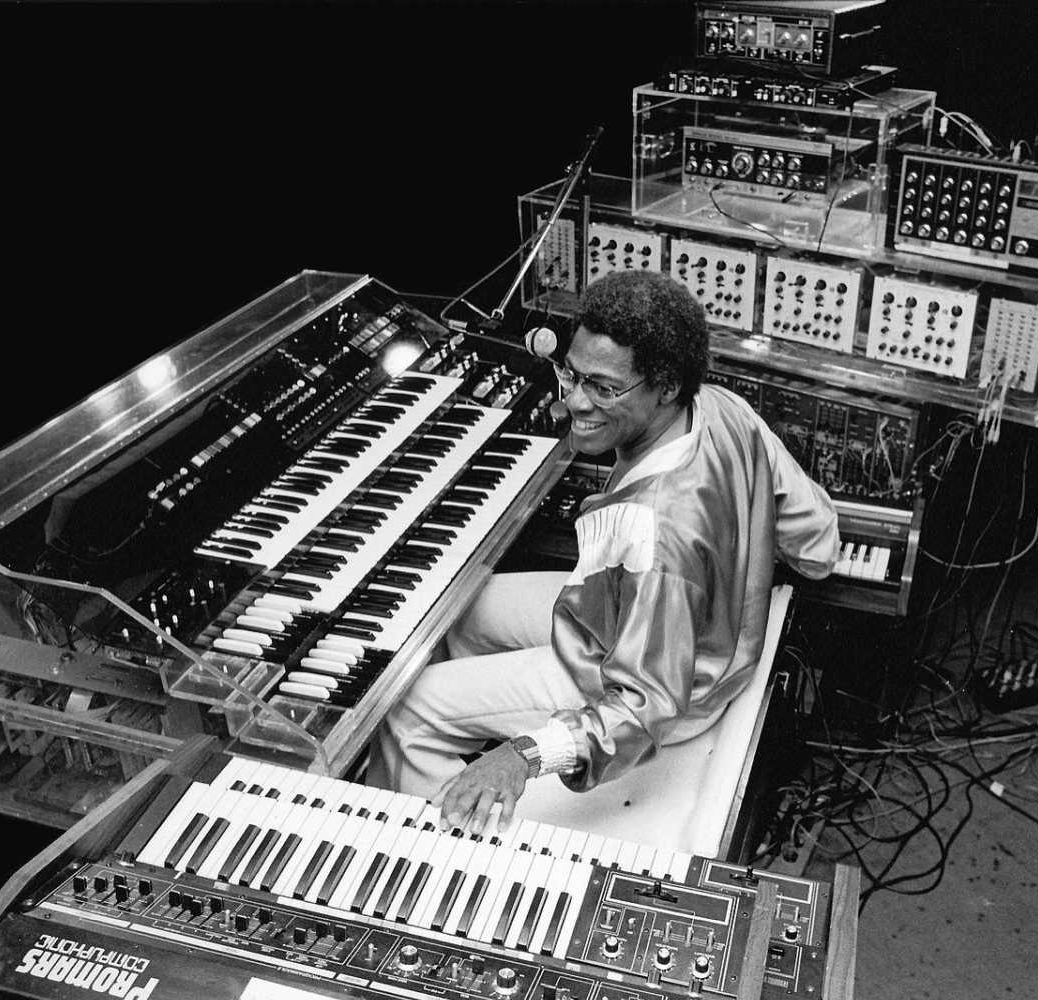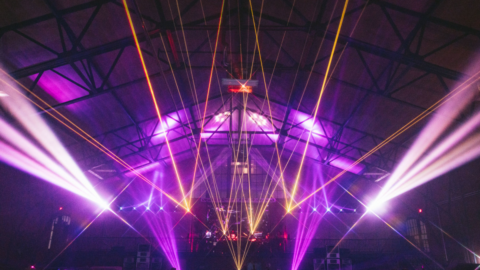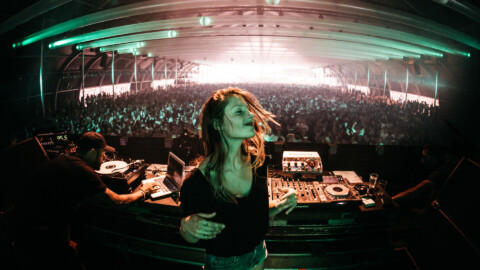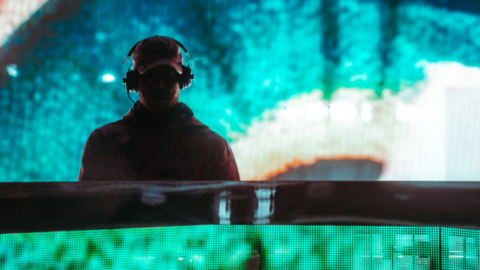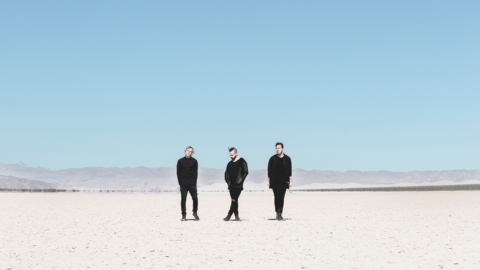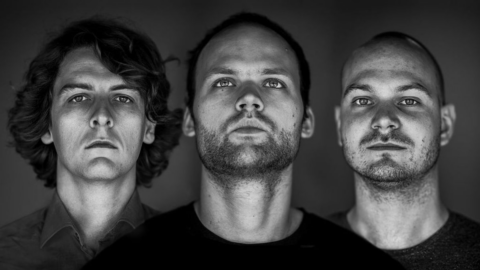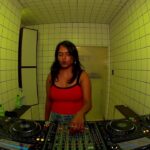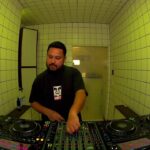Electronic music legend Don Lewis might not have been a household name when he passed away on November 6 in California aged 81. But without him, it would have been a different story for the Roland TR-808 drum machine and the Yamaha DX7 synthesiser, for instance.
He paved the way for MIDI well before it rose to the fore, and produced sounds for Quincy Jones, Michael Jackson, Sergio Mendez, and the Beach Boys.
Read all the latest features, columns and more here.
With a background as an electronic engineer, concert artist and voicing programmer, Lewis came to fore in 1974 designing LEO, the Live Electronic Orchestra.
In those early days, musicians who wanted to get all the sounds they wanted for a concert would pre-record the sounds they wanted. But for a mastermind like Lewis, his brain led him to wire all the instruments to produce the sounds.
He explained: “During the early ’70s, my earliest performances with multi-keyboard setups consisted of playing organ and four monophonic keyboards. It was an exciting time for me as I explored sound synthesis. It was also challenging as I was surrounded with many keyboards, some of which could only play one note at a time.
“Depending on the music and the sound desired, my arms were often stretched out to the limit to just reach the keyboards around me. I decided to design a keyboard console that would allow better access to the synthesiser and keyboards for performance.”
Some of the hardware incorporated into LEO:
At the time, manufacturers programmed their products to talk to each other.
It would be another 10 years before they agreed on the protocol known as the Musical Instrument Digital Interface (MIDI).
In Ned Augustenborg’s 2020 documentary The Ballad of Don Lewis: The Untold Story of a Synthesizer Pioneer, it was noted that as late as the 1980s, the Musicians’ Union protested at the concept of LEO – because so many instruments were being played by just one person, and taking wages away from musicians.
LEO is now set up in the in the Museum of Making Music in Carlsbad, California.
Lewis was in demand as a consultant. He collaborated with Roland founder Ikutaro Kakehashi on its drum machines including the CR-78 and TR-808. They became fast friends after meeting at a keyboard concert during the 1969 NAMM Show.
Kakehashi noted how the American had modified his FR-2L by wiring it through his organ’s expression pedal to emphasise the percussion. He introduced himself afterwards, smilingly telling him: “This looks like my rhythm unit, but it doesn’t sound like my rhythm unit.”
Lewis also designed sounds for the Yamaha DX7, as well as Hammond and ARP gear.
Although living most of his life in San Francisco, Don Lewis grew up in Dayton, Ohio, in the 1940s and 1950s. His fascination with keyboards began as a child watching the instrument being played in church.
While majoring in Electronics Engineering at the former Tuskegee Institute, he sang with the Tuskegee Chorus and played music at civil rights rallies led by Dr. Martin Luther King, Jr.
In 1961, Lewis enlisted in the US Air Force as a nuclear weapons specialist, and then moved to Denver, Colorado, working as an engineering technician, choir director, and nightclub player.
After being commissioned to write three symphonic works by the Denver Symphony Orchestra, he resigned to an engineering technician to devote full-time to musician.
He taught at colleges and began programs to encourage children to play music.
Read more on Don Lewis and the LEO here.
